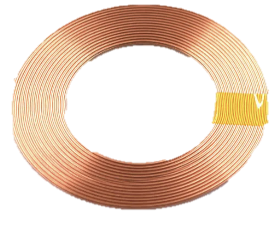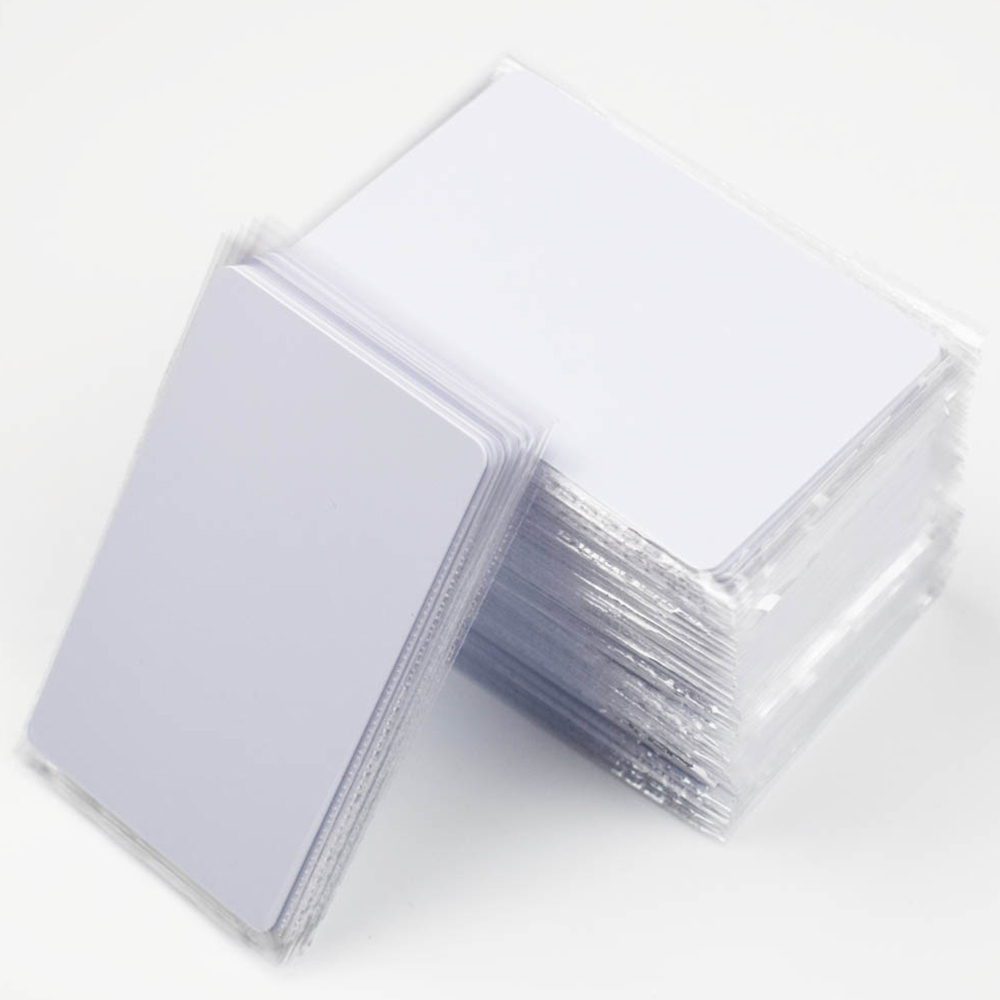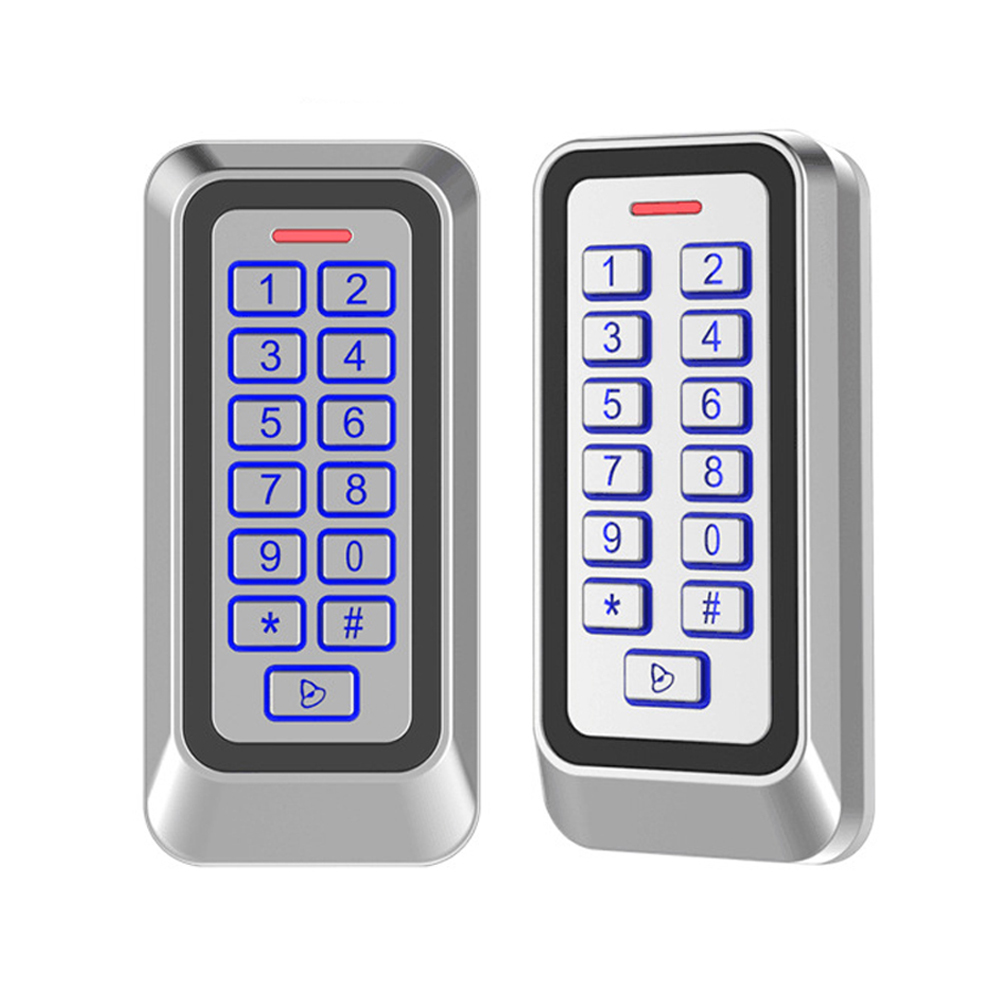What’s the Difference Between LF, HF, and UHF RFID Tags
What’s the Difference Between LF, HF, and UHF RFID Tags?
Radio Frequency Identification (RFID) technology has revolutionized various industries, from supply chain management to access control and healthcare. At the heart of RFID systems are RFID tags, tiny devices that carry unique data and communicate wirelessly with RFID readers. These tags operate on different frequency bands, which determine their range, speed, and application suitability.
Understanding the differences between Low Frequency (LF), High Frequency (HF), and Ultra High Frequency (UHF) RFID tags is essential for choosing the right technology for specific applications. While RFID might seem straightforward, selecting the appropriate tag involves a deep understanding of the complexities of frequency behavior, environmental factors, and the tag-reader interaction. Let’s dive into the unique characteristics of each frequency band, explore real-world use cases, and see how famous companies have leveraged this technology to improve operations.
For companies seeking the most effective RFID solutions, expert advice is crucial. PurchaseRFID.com offers the expertise and consulting services needed to select the right products for your application, no matter the complexity.
What is RFID Technology?
Before comparing the different frequencies, its essential to understand the basic principles of RFID. RFID technology consists of three main components:
- RFID tags, which store information.
- RFID readers, which communicate with the tags and extract data.
- Middleware or software, which processes the data and integrates it into business systems.
The RFID tags communicate via radio waves, and their performance is influenced by the frequency in which they operate: Low Frequency (LF), High Frequency (HF), or Ultra High Frequency (UHF).
Low Frequency (LF) RFID Tags (30-300 kHz)
Characteristics of LF RFID
- Frequency range: 125 kHz to 134 kHz
- Read range: Very short, typically up to 10 cm (3.9 inches)
- Speed: Slow data transmission rates compared to HF and UHF
- Resistance to interference: Highly resistant to interference from metal and liquids
- Data capacity: Limited
- Ideal for: Short-range, low-data, and specific environmental conditions
Example of Use: Animal Tracking and Access Control
One of the most notable applications of LF RFID is animal identification. LF RFID tags are commonly implanted under the skin of pets and livestock, providing farmers and veterinarians with crucial data about the animal’s identity and health history. LF RFIDs resilience to interference from organic tissue and fluids makes it ideal for these applications.
Story: The USDA and Livestock Tracking
The U.S. Department of Agriculture (USDA) implemented LF RFID for livestock tracking in an effort to monitor cattle movements and improve food safety. By using LF RFID, the USDA could quickly identify animals during outbreaks of diseases such as mad cow disease, leading to more targeted and effective interventions. This success underscores the importance of selecting the right frequency for applications where interference from biological materials is an issue.
Why Use LF RFID?
LF RFID technology is robust in environments with metal and liquid interference, making it a go-to for applications where proximity and accuracy are more important than speed. LF RFID tags are simpler and more affordable, making them ideal for access control and animal tracking.
High Frequency (HF) RFID Tags (3-30 MHz)
Characteristics of HF RFID
- Frequency range: 13.56 MHz
- Read range: Short to medium range, typically up to 1 meter (3.3 feet)
- Speed: Faster data transmission than LF
- Data capacity: Higher capacity than LF
- Interference: Moderate susceptibility to metal and liquids but less than UHF
- Ideal for: Applications needing moderate read range and more data capacity
Example of Use: Contactless Payments and Smart Cards
HF RFID technology is widely used in Near Field Communication (NFC) applications, including contactless payments, public transportation systems, and library book tracking.
Story: Visa’s Contactless Payment Revolution
Visa’s use of HF RFID for contactless payments fundamentally changed the retail industry by enabling faster transactions at the point of sale. Consumers could simply tap their card or phone against a payment terminal to complete transactions in seconds. This innovation reduced checkout times, leading to greater customer satisfaction and higher throughput for retailers.
Why Use HF RFID?
HF RFID’s moderate range and data capacity make it versatile. It’s excellent for security systems, contactless payments, and item-level tagging in retail and healthcare. HF RFID strikes a balance between LF’s resilience to interference and UHF’s longer range, offering a flexible solution for many industries.
Ultra High Frequency (UHF) RFID Tags (300 MHz to 3 GHz)
Characteristics of UHF RFID
- Frequency range: 860 MHz to 960 MHz
- Read range: Up to 12 meters (40 feet) depending on the environment and setup
- Speed: High data transmission rates
- Data capacity: Can carry large amounts of data
- Interference: Susceptible to interference from liquids and metals
- Ideal for: Long-range, high-speed tracking in open environments
Example of Use: Supply Chain Management and Asset Tracking
UHF RFID’s longer read range and fast transmission speeds make it ideal for tracking inventory and managing large-scale supply chains.
Story: Walmart’s RFID Supply Chain Overhaul
In the early 2000s, Walmart revolutionized its supply chain by implementing UHF RFID to track inventory across its vast network of stores and distribution centers. The ability to monitor products in real-time drastically improved inventory accuracy, reduced stock-outs, and minimized shrinkage. This application of UHF RFID led to billions of dollars in cost savings and set a new standard for supply chain management across industries.
Why Use UHF RFID?
UHF RFID is best for large-scale operations where long read ranges and high-speed data capture are necessary. Although it is more susceptible to interference from metal and liquids, UHF RFID’s efficiency and range make it indispensable for industries like logistics, warehousing, and retail.
The Complexity Behind RFID Systems
While RFID technology might seem simple—just attach a tag and scan—it is a highly complex system with many moving parts. Selecting the right RFID frequency (LF, HF, or UHF) requires a deep understanding of environmental factors, tag materials, and application requirements. The process involves extensive planning, testing, and fine-tuning to ensure optimal performance.
Supply Chain Process for RFID Tags
Wafer Level Manufacturing: RFID chips are built at the wafer level using advanced semiconductor processes. This involves photolithography, etching, and deposition techniques to create the RFID chip’s circuitry. The wafer is then diced into individual chips, which will later be assembled into RFID tags.
Tag Assembly: The RFID chips are mounted onto antennas made of conductive materials such as copper or aluminum. The assembly process includes connecting the chip to the antenna, often using adhesive or ultrasonic bonding, depending on the application.
Inlay Testing: After assembly, the inlays (chip + antenna) are tested to ensure they meet performance criteria such as read range and data integrity. This testing can involve environmental simulations to check how the tag performs under various conditions (e.g., high humidity, exposure to chemicals).
System-Level Testing: Once integrated into the final product, system-level testing involves checking how well the RFID system works in real-world scenarios. This includes assessing how well the tags communicate with readers in complex environments such as warehouses or manufacturing floors.
How PurchaseRFID.com Can Help
Choosing the right RFID solution is not a one-size-fits-all decision. It requires expert consultation to evaluate your application needs, environmental conditions, and operational goals. PurchaseRFID.com provides tailored RFID solutions, ensuring that you get the best technology for your specific use case. Whether youre managing a supply chain, enhancing security, or streamlining manufacturing, their team of experts can guide you through the complexities of RFID technology and ensure you receive the right tags and readers.
Real-World Examples of RFID Success
Amazon Go: UHF RFID tags enable Amazon’s cashier-less stores to track items in real-time. Customers can pick up items, walk out, and be charged automatically, thanks to the precise and fast data capture of UHF RFID.
Disney MagicBands: Using HF RFID technology, Disney revolutionized the theme park experience with its MagicBands. These wristbands allow visitors to access rides, pay for meals, and unlock hotel rooms with a simple tap, creating a seamless and magical experience.
Delta Airlines: Delta uses RFID tags for baggage tracking, improving accuracy and ensuring that customers can track their bags via mobile apps. This application of UHF RFID has dramatically reduced the number of lost or delayed bags, enhancing customer satisfaction.
Conclusion
The choice between LF, HF, and UHF RFID tags depends on the specific needs of your application. Whether you need short-range tracking in animal identification or long-range, high-speed tracking for supply chains, RFID technology offers versatile solutions. However, the complexity of selecting the right tag can’t be understated.
For businesses seeking to implement RFID systems, working with experts is crucial. PurchaseRFID.com provides specialized consulting and tailored RFID solutions, ensuring you get the best performance for your application. Don’t leave your RFID investment to chance—contact PurchaseRFID.com today and get expert advice on selecting the right technology for your needs.


